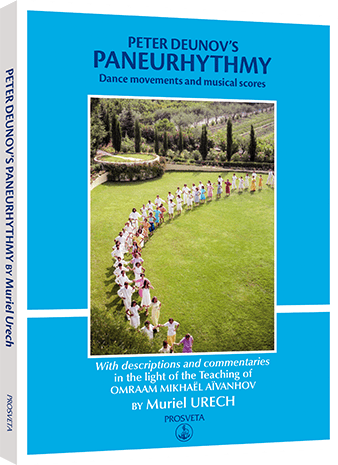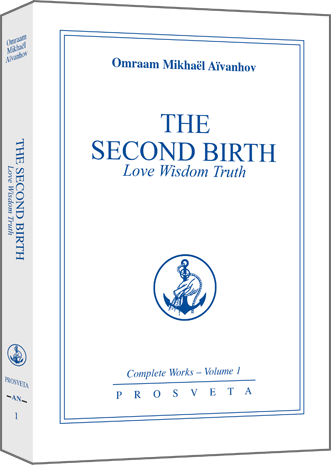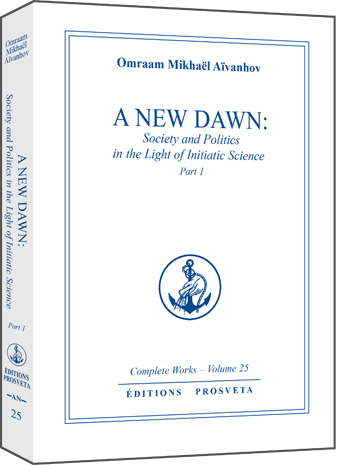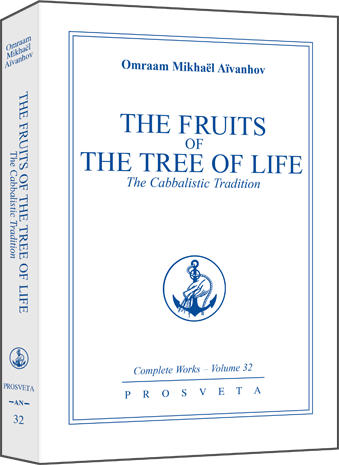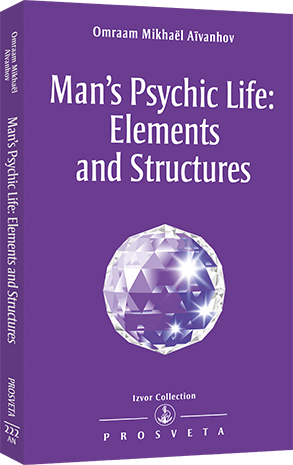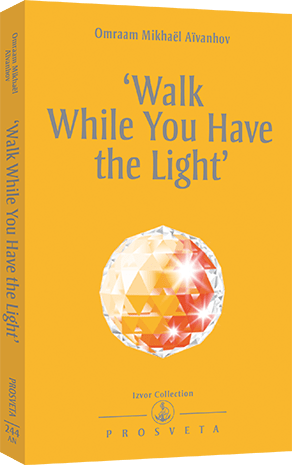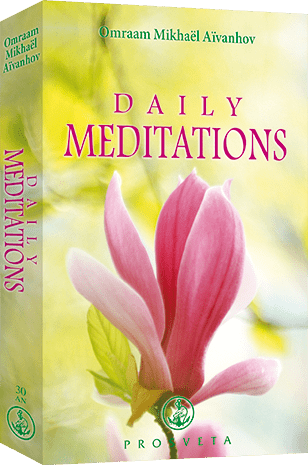Peter Deunov’s Paneurhythmy - Dance movements and musical scores
With descriptions and commentaries in the light of the Teaching of Omraam Mikhaël Aïvanhov by Muriel Urech.
Meanings and descriptions (with diagrams) of the dance movements of the paneurhythmy.
‘Everything in the universe is rhythm, and human beings themselves are part of this great cosmic rhythm. All their biological and psychic functions are subject to the laws of rhythm, even if this is not obvious. Depending on their way of life and on their thoughts, feelings and actions, they will harmonize to a lesser or greater extent with the universal rhythm. Music and dance are simply attempts to return to this universal rhythm or to remain within it. This is the reason why every culture attributes a divine origin to music and dance.
By creating the paneurhythmy, Master Peter Deunov gave us the means to harmonize with those rhythms in the universe that are the most beneficial.’
Meanings and descriptions (with diagrams) of the dance movements of the paneurhythmy.
‘Everything in the universe is rhythm, and human beings themselves are part of this great cosmic rhythm. All their biological and psychic functions are subject to the laws of rhythm, even if this is not obvious. Depending on their way of life and on their thoughts, feelings and actions, they will harmonize to a lesser or greater extent with the universal rhythm. Music and dance are simply attempts to return to this universal rhythm or to remain within it. This is the reason why every culture attributes a divine origin to music and dance.
By creating the paneurhythmy, Master Peter Deunov gave us the means to harmonize with those rhythms in the universe that are the most beneficial.’
Foreword
Introduction
The place of paneurhythmy in the Teaching
Some initial thoughts
The awakening of higher consciousness
Description and meaning of the movements and music
1. Awakening
2. Reconciliation
3. Giving
4. Ascending
5. Elevation
6. Opening
7. Liberation
8. Clapping
9. Purifying
10. Flying
11. Evera
12. Jumping
13. Weaving
14. Think (Misli)
15. Aoum
16. The sun is rising
17. The square
18. Beauty
19. Flexibility
20. Conquering
21. The joy of the earth
22. Acquaintance
23. Beautiful day
24. How happy we are
25. Step by step
26. Early in the morning
27. Breathing
28. Providence
Conclusion
Introduction
The place of paneurhythmy in the Teaching
Some initial thoughts
The awakening of higher consciousness
Description and meaning of the movements and music
1. Awakening
2. Reconciliation
3. Giving
4. Ascending
5. Elevation
6. Opening
7. Liberation
8. Clapping
9. Purifying
10. Flying
11. Evera
12. Jumping
13. Weaving
14. Think (Misli)
15. Aoum
16. The sun is rising
17. The square
18. Beauty
19. Flexibility
20. Conquering
21. The joy of the earth
22. Acquaintance
23. Beautiful day
24. How happy we are
25. Step by step
26. Early in the morning
27. Breathing
28. Providence
Conclusion
